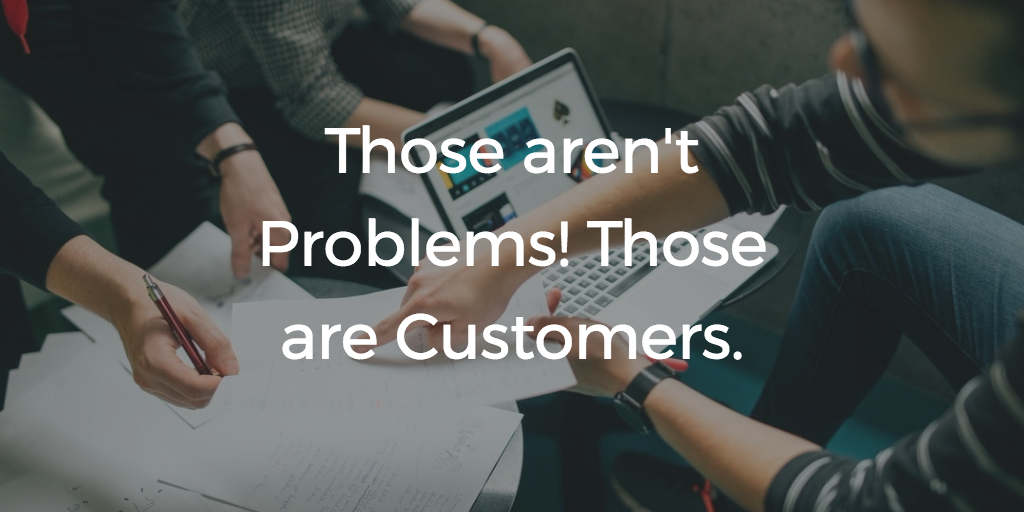
I’m constantly teaching others about Customer Success.
And even more, I’m constantly learning.
My understanding of Customer Success is constantly evolving.
As I am exposed to what’s working – and what’s not – both at a conceptual or strategic level and the day-to-day tactical level, I am continually evaluating and refining my approach to this incredibly complex and valuable business function.
But sometimes I learn something that doesn’t change anything but the way I talk about Customer Success and its core principles.
Often it’s a change that exponentially improves my ability to get the point across.
And that change usually comes directly from the people I’m working with.
Here’s an example of one of those changes.
We have a problem
In my public workshops we usually have different groups of people from different companies sitting at their own tables (depending upon the configuration of the room).
At a recent workshop in Brazil, there was this one company that called me over during our working session because they needed some help.
The spokesperson for the group said: “Lincoln, we have some problems.”
She said that they worked with real estate agents, and they were telling me that their real estate agents don’t care about technology, are very impatient, want everything done for them, etc..
I don’t remember exactly what all the specifics were, but they kept saying these things, and I said, “You’re not describing problems. You’re describing customer characteristics.”
By the way, I’ve heard this for years from companies about their customers. Those customers include:
- Lawyers
- Oil & Gas Companies
- Fitness Professionals
- Startup Founders
- Entrepreneurs
- You (I’ve probably heard you – or a company like yours – described as a “problem”)
At some point, especially if they haven’t been customer-centric in the past or haven’t been deliberate in their customer acquision and growth, people in most companies will start to describe customers as problems.
Because they weren’t deliberate in their growth or because they lost focus on why they – as a company – exist in the market (it’s to make customers successful if you didn’t know), they become the victim of their customer.
They start saying negative things about their customers and they start looking at the things that make their customers their customers as problems.
No, You Have Customers
What I said – “Those aren’t Problems. Those are Customers.” – was an interesting and different way of looking at it than they had been thinking about originally.
It was, in fact, a somewhat profound mindset shift that occurred. One that is required if you want to actually do Customer Success and get the well-documented benefits.
I want you take a step back and say, when you complain about your customers, when you bring up these issues or problems that you have, are they actually problems? Are they actually issues? Or are they just customer characteristics?
Your Limited Options
What I said to that group there in the workshop, and what I’ll say to you, is if they’re customer characteristics, you basically have two choices.
One, find a different type of customer.
Two, and this is where we’d normally talk about Ideal Customer Profile, Success Potential, Bad Fit Customers, and all that stuff.
But, if they’re a good fit, and this is the type of customer you want to do business with, then the other option is to figure out how to work around their unique characteristics.
That’s all.
You only have two choices.
A Third (Bad) Option
Well, I guess you have a third choice, which is just continue complaining about it and try to force whatever experience you want – vs. their actual Appropriate Experience (AX) – on them, even though it doesn’t fit their known characteristics.
That’s going to create a Cycle of Apathy as you deliver the wrong experience, your customers are not successful, you blame them, continuing the cycle. Ultimately – and probably sooner rather than later – this will end up being bad for everybody,
You don’t have a problem, you have a customer.
Hopefully that’s a mindset shift that helps a little bit.